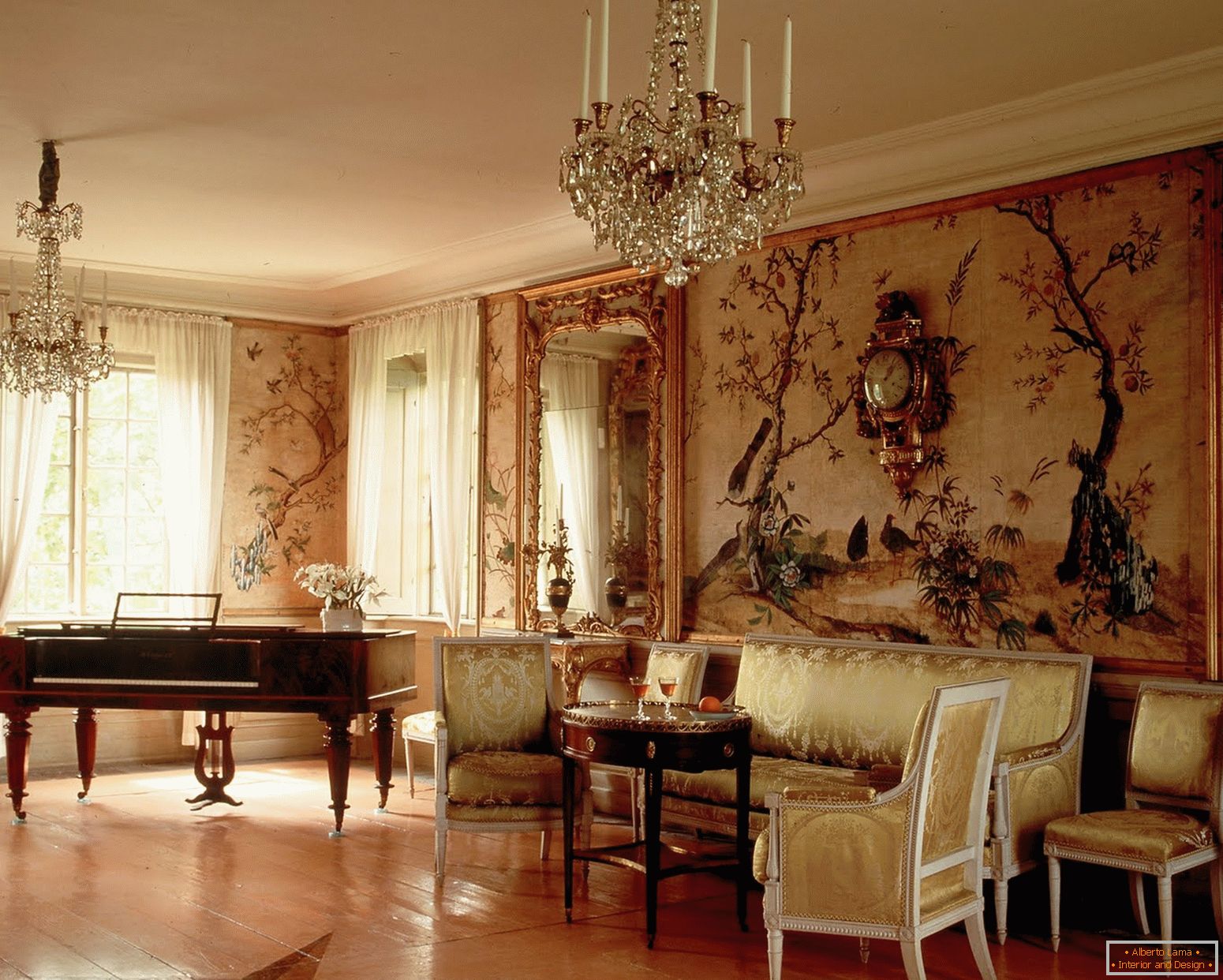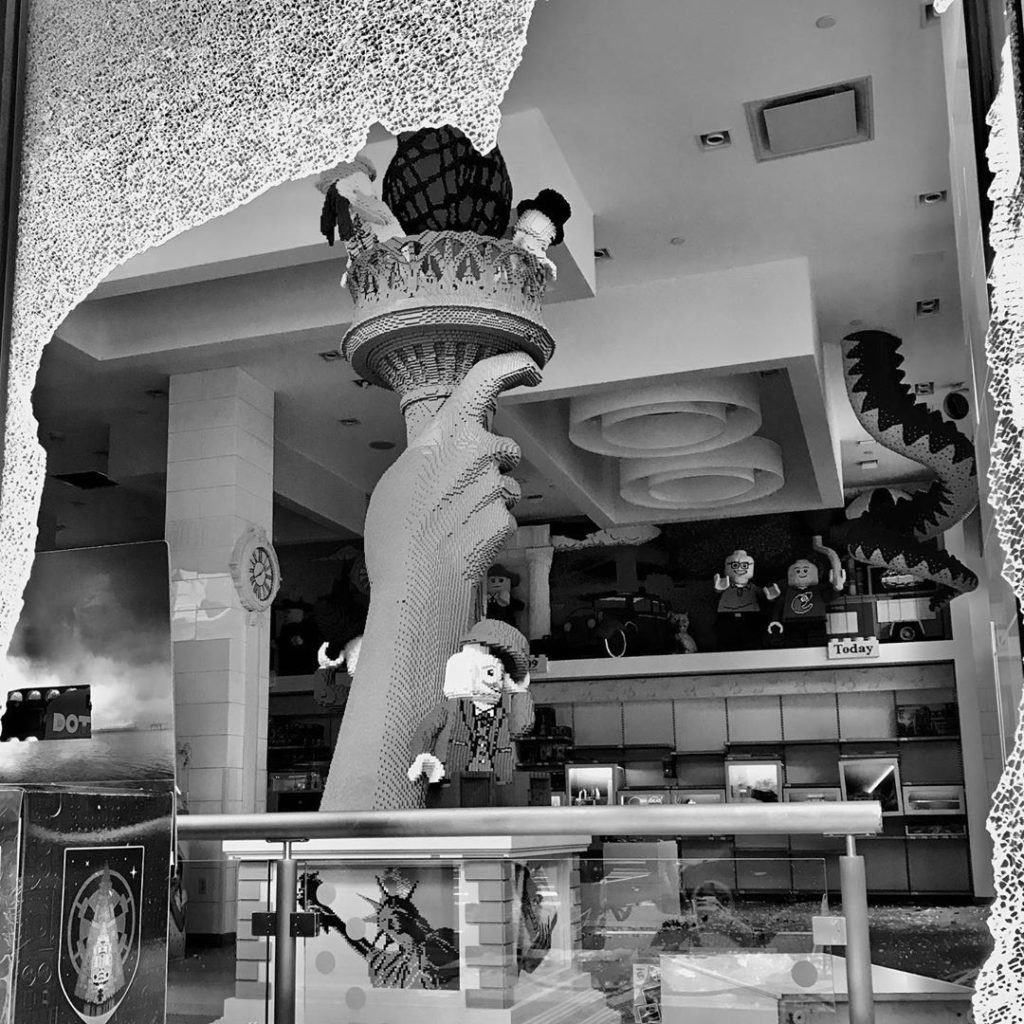Table Of Content

Aristocrats wanted these rooms to be comforting and to fit their elegant tastes. They also wanted a departure from the imposing style of design known as Baroque. To accomplish this, designers began using lighter colors, naturalistic patterns, asymmetry, and decorative metals throughout interiors. The key elements of Rococo’s interior design include ornate ornamentation, curved lines, asymmetrical shapes, light pastel colors, oversized furniture upholstered in velvet or silk, and antique mirrors. Chandeliers and lamps are also commonly used to provide subtle lighting. In addition, gold and silver accents can be added for an extra touch of luxury.
The Rococo style – an introduction
It first appeared in England in silver and engravings of ornament in the 1730s, with immigrant artists and craftspeople, including Huguenot refugees from France, such as Paul de Lamerie, playing a key role in its dissemination. Often described as the final expression of the Baroque movement, it was exceptionally ornamental and theatrical – a style without rules. Compared to the order, refinement and seriousness of the Classical style, Rococo was seen as superficial, degenerate and illogical. While you don’t have to use all of these design choices, they are all an important part of this style. Basic floral patterns are common, but you will also see more elaborate displays of plants and animals. Most furniture will have curved legs and arms and straight-lined furniture isn’t very common.
Italian Rococo

He also authorized the holding of a lottery to fund the project; the completed building was informally known as the Lottery Church. In exchange for his consent and giving of the property, the monarch established very stringent criteria for the location and style of the church. The king’s chosen architect at the time, Nicolai Eigtved, was charged with building the new church but died before it could be finished in 1754. While Stasov’s Neoclassical interiors are excellent examples of late 18th- and early 19th-century style, Rastrelli’s enormous suite of formal rooms known as the Golden Enfilade is the palace’s most famous feature. It begins with the vast airy ballroom, the “Grand Hall” or “Hall of Lights,” with a beautiful painted ceiling, and continues with various differently adorned smaller rooms, including the reconstructed Amber Room. She hosted a salon at the palace and was recognized as a patron and prospector of artists, thinkers, and statesmen during Poland’s Enlightenment era.
Rococo Revival Parlor - The Metropolitan Museum of Art
Rococo Revival Parlor.
Posted: Sun, 01 Aug 2021 05:59:55 GMT [source]
Related Artists
The windows are covered with light monochrome curtains and thick curtains or curtains. Or it is removed from the field of view by decorating with a baseboard. A chic bed with a wide carved headboard and a canopy on twisted columns is installed in the bedroom. At the same time, its shade should be combined with heavy curtains on the windows. The dining table is necessarily wide, decorated with a tablecloth in harmony with the upholstery of the chairs. It is important that the floor fits seamlessly into the interior, in harmony with other items and finishes.
Witness the raw yet refined elegance of this artistic vase collection - Architect & Interiors India
Witness the raw yet refined elegance of this artistic vase collection.
Posted: Sun, 28 Jan 2024 08:00:00 GMT [source]

The architect Andrea Palladio took ancient Roman works as a model, basing his designs on the theory of proportion laid down by Vitruvius in the 1st century bce in the Ten Books on Architecture. The second path was initiated by Michelangelo and led by way of Mannerism to the Baroque style. In both these latter styles, a deliberate exaggeration of forms displaced the strict logic and precision of the High Renaissance and aimed to convey freedom of movement and to involve the spectator in the drama of the design. Mannerism had only a limited influence on interior furnishing, as in the bronzes by Cellini and by Giambologna.
What is the opposite of Rococo style?
They bring a cultivated stance to a downtown aesthetic with a respectful and witty eye. Their own townhouse—the former home of architect Paul Rudolph—graced our Summer 2021 A-List issue. New York City/Nantucket, Mass.workshopapd.comSince founding Workshop/APD in 1999, Kotchen (left) and Berman have worked across architecture, interior design, and product design. A vast array of residential and hospitality projects is coming to fruition in New York, Miami, Aspen, Los Angeles, and beyond, while the Workshop Collection Showroom, a home for their 16-piece product line, will open later this year. At the beginning of the 16th century, the revived classicism of the Renaissance began to be modified, and eventually the style divided into two distinct paths.
The centerpiece is, of course, the bed with a high and luxurious headboard and footboard – perhaps even under a canopy. The picture is complemented by a wardrobe with carved decor on curved legs, a dressing table, a small elegant chest of drawers, a couple of banquets or ottomans, and, possibly, an elegant armchair. Refined lighting is provided by a chandelier and a pair of wall lamps, less often table lamps. As for textiles, pay attention to heavy draperies with rich decoration – tassels and lambrequins.
Artworks and Artists of Rococo
In the Rococo style, walls, ceilings, and moldings were decorated with delicate interlacings of curves and countercurves based on the fundamental shapes of the “C” and the “S,” as well as with shell forms and other natural shapes. Light pastels, ivory white, and gold were the predominant colours, and Rococo decorators frequently used mirrors to enhance the sense of open space. Centuries before the term "bling" was invented to denote ostentatious shows of luxury, Rococo infused the world of art and interior design with an aristocratic idealism that favored elaborate ornamentation and intricate detailing. The paintings that became signature to the era were created in celebration of Rococo's grandiose ideals and lust for the aristocratic lifestyle and pastimes.
At the moment, she’s in the midst of completing residential projects in New York, Georgia, and New Hampshire. Parislauragonzalez.frMultifaceted French architect and interior designer Gonzalez is known for her imaginative, colorful style—whether she is designing homes, hotels like the Saint-James in Paris, or luxury retail universes for Cartier. Her Left Bank gallery showcases her range, from her whimsical furniture pieces to fabrics for Schumacher. Jake Arnold, an established interior designer based in Los Angeles, founded the Jake Arnold brand with one vision in mind—to evoke ease, luxury, wellness, and comfort into his clients and consumers lives through curated design. While he’s known for his impactful and livable style, his work transcends any single, definitive aesthetic. Instead, it is constantly evolving to reflect the look, feel, and personality of the spaces and people he encounters.
The flowing lines are meant to establish a sense of elegance instead of the more rigid and symmetrical lines you’ll see elsewhere. Dusty pastels are another common option, such as pale pinks, blues, and greens. One questions whether the German stucco masters were builders of churches for God, servants of Christian pilgrims, or promoters of their own artistry. Rococo architecture flourished in southern German towns in the 1700s, originating from the French and Italian Baroque designs of the day. French furniture made between 1715 and 1723, before Louis XV came of age, is generally called French Régence—not to be confused with the English Regency, which occurred about a century later.
Courtney McLeod does not fear a yellow wall or quake at the sight of an orange sofa. Born and raised in Italy, Alessandra Branca grew up believing classical beauty is meant to be intertwined with everyday life. Her eclectic, colorful work fuses the workmanship of a couturier with practicality in all she designs. Featured in publications such as Architectural Digest, ELLE Decor, Vogue, and Homes & Gardens, Studio Jake Arnold has gained a prominent reputation for its contrasting and tactile design preference. Though we resist the limitations of any one aesthetic, we are most excited by the projects that call for our unique and refined take on sensuality and comfort. We believe that quality design is about more than stunning visuals and interesting furnishings.
Noted for his painting that combined aristocratic elegance with erotic treatments of the nude, as seen in his The Toilet of Venus (1751), he was equally influential in decorative arts, theatrical settings, and tapestry design. He was appointed First Painter to the King in 1765, but is most known for his long time association with Madame de Pompadour, the official first mistress of King Louis XV and a noted patron of the arts. Bunny Williams and Elizabeth Lawrence, the principal designers behind the newly renamed firm, are all about classic comfort, an informed eye, and a bit of fun. In their rooms, fine European antiques meet mirrored walls and gutsy artwork; they use intense colors and delicate patterns with equal panache.
So, it was appropriate to use the same stucco molding at the same time in combination with gold ornaments, carved panels, and painted frescoes. It was not uncommon to use silk fabrics and tapestry, which also covered the walls. Influenced by Rubens and Watteau, François Boucher became the most renowned artist of the mature Rococo period, beginning in 1730 and lasting until the 1760s.

No comments:
Post a Comment